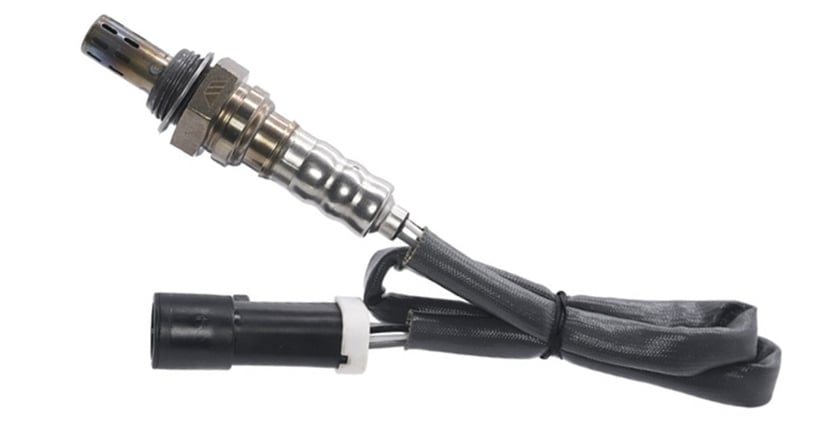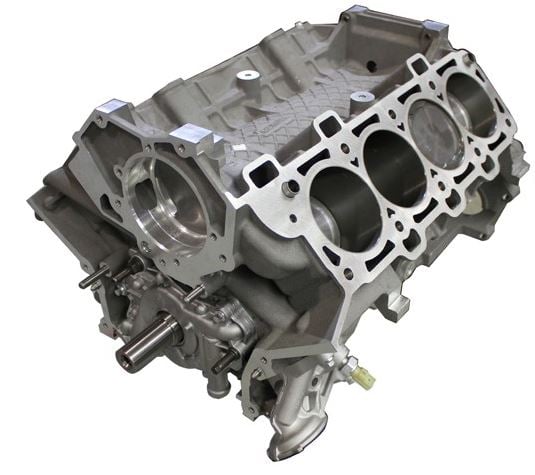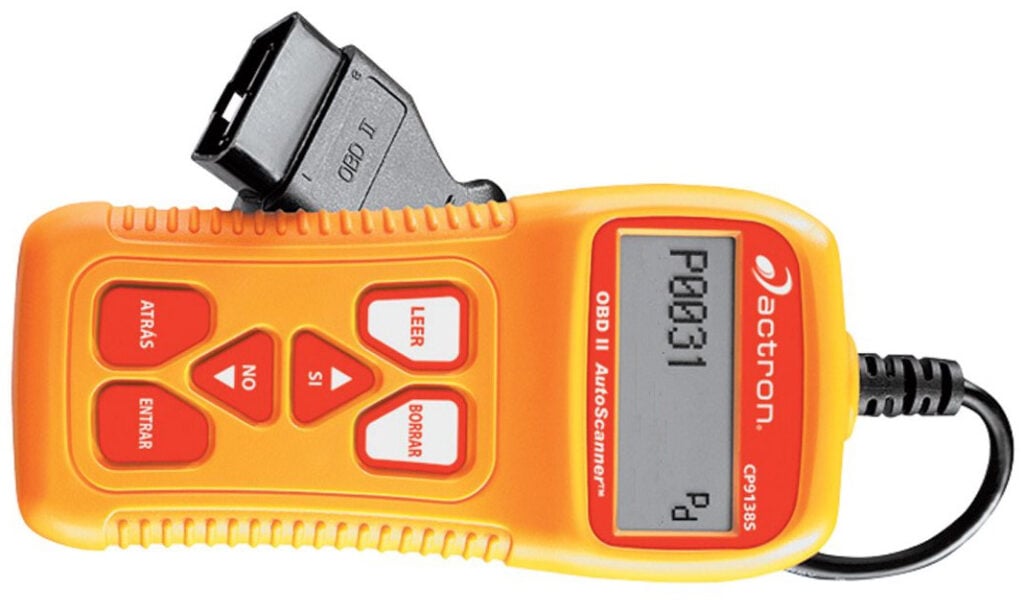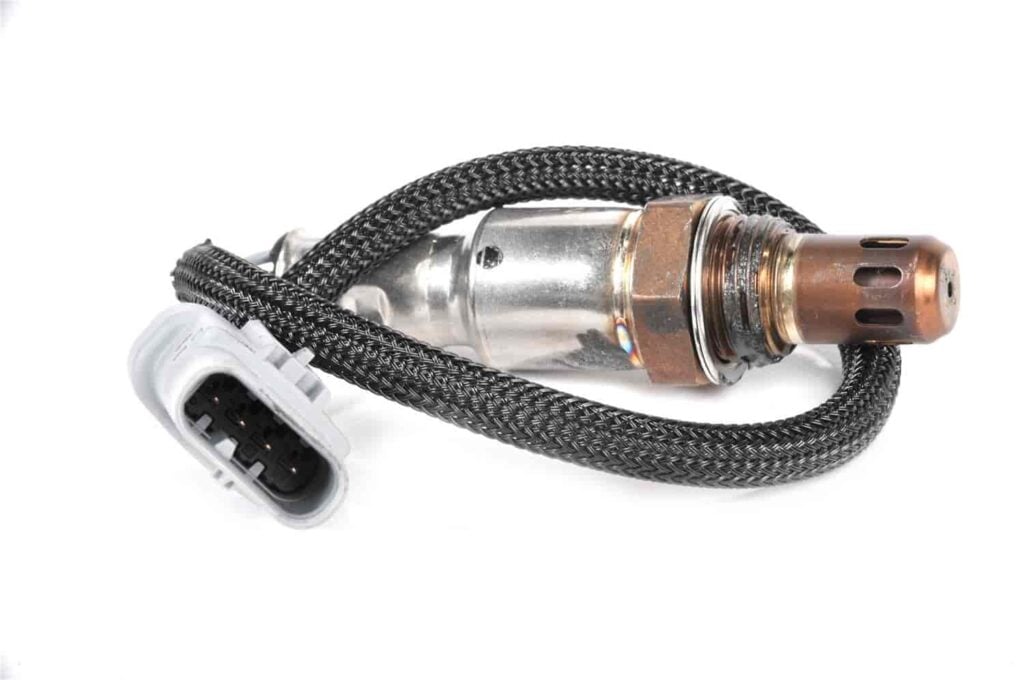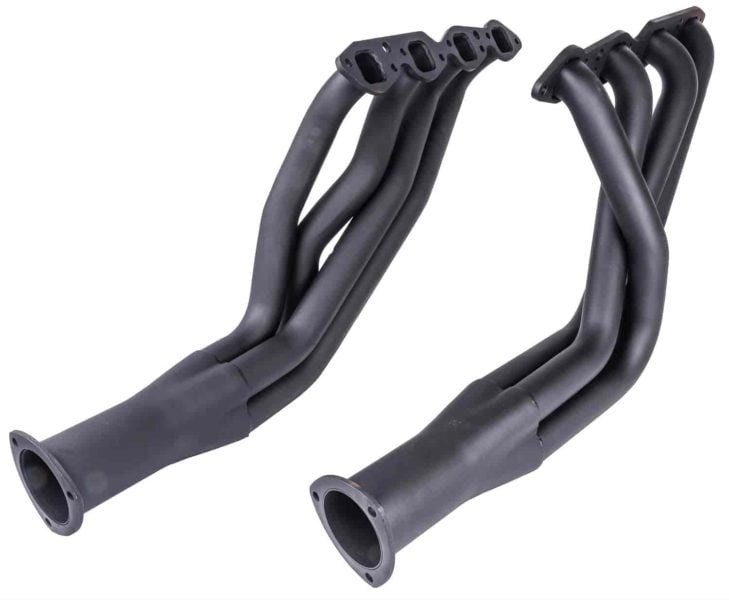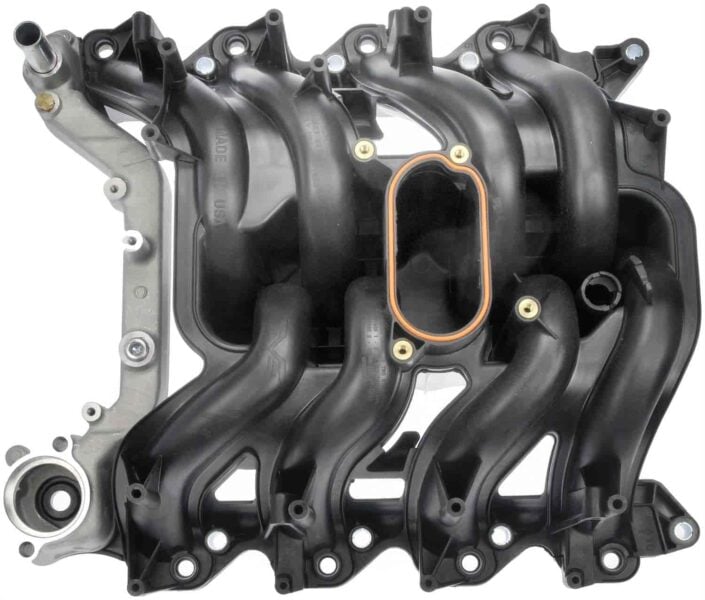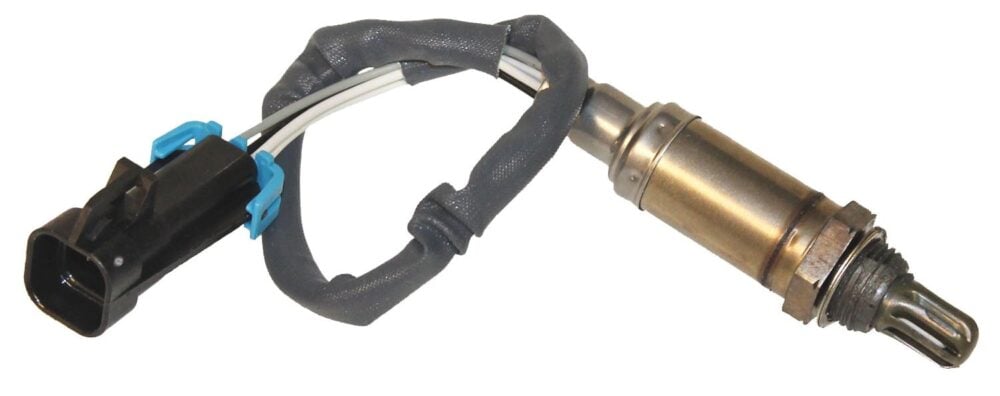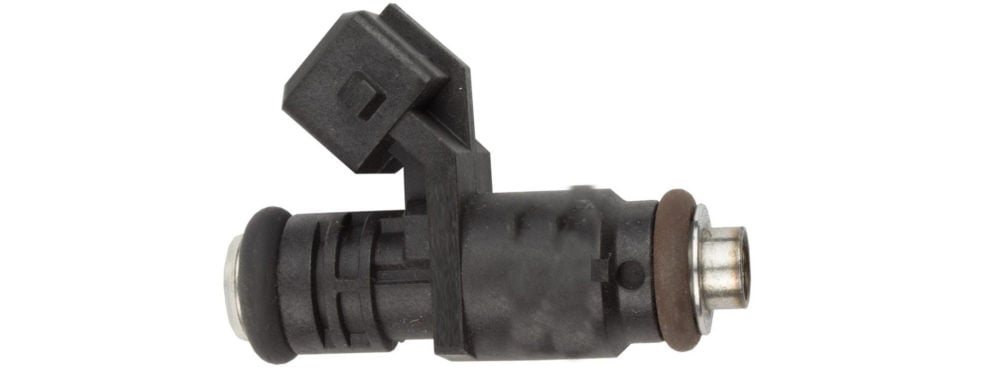The Check Engine Light popping up on the dashboard can happen to anyone, and there are dozens of potential reasons. One such reason is P0150, an oxygen sensor code. Not sure what that means? It’s just one of many codes related to O2 sensors that can affect how your vehicle performs. Read on to learn more about how to handle the P0150 engine code.
What Is a P0150 Code?
The code P0150 refers to an O2 sensor circuit malfunction in Bank 2 of your engine, and this specific code refers to the first sensor in the bank. The first sensor in the circuit is located right before the exhaust system, and Bank 2 of your engine is the side of the engine with the last piston, while Bank 1 is on the other side of the V-shaped engine. This applies only to V-shaped engines because in-line engines only have one engine bank.
When dealing with a P0150 error code, the problem is the O2 sensor circuit, specifically that it's operating outside its voltage limit. The voltage this sensor operates at for most vehicles should fall between .1 and .9 volts, and your vehicle will trigger a P0150 code when the sensor collects readings beyond this range.
What Are the Symptoms and Causes of a P0150 Code?
The first symptom you'll notice when your car throws a P0150 code is that your Check Engine Light will turn on. When the Check Engine Light comes on, it's an indicator that you have a problem, and once the light is on, you can check the code with an OBD-II scanner. That said, if you don't have an OBD-II scanner, there are plenty of other symptoms you can look for.
The most apparent symptom is performance problems. Oxygen sensors ensure your engine has the right air-to-fuel to run correctly. Therefore, when the reading is incorrect or not making it to your engine’s ECU, it can result in performance problems, including hesitation, rough idling, and poor acceleration. While not an immediate symptom that you'll notice, you may run into fuel economy problems with a code P0150 because your engine will try to compensate for the incorrect reading by leaving the engine in an open loop or by dumping more fuel into the cylinders.
Another symptom you may not notice immediately is a failure in your vehicle’s emissions inspection. The sensor is mounted in the exhaust, so if it's giving a reading about oxygen in exhaust fumes that's incorrect, it can cause higher than normal emissions, and you could fail your inspection.
When it comes to the cause of a P0150 code, they can vary. The most common causes are issues with the sensor and its wiring. For example, the oxygen sensor might malfunction and must be replaced. If it's not the sensor causing the problem, it could also be the wires and wire harness for the sensor. For example, if you use a multimeter to test the voltage and the sensor has no resistance, there's a good chance that it's a wiring issue. Other electrical problems may include melted wires, frayed wires, or an issue with communication between the sensor and the ECU.
Issues with other sensors, like the mass airflow sensor (MAF), can also result in this error code. The last possible causes are issues with your vehicle’s exhaust system or vacuum leaks. Any leaks in the exhaust system near the sensor can cause the sensor to have a bad reading, and vacuum leaks will throw off the air-to-fuel ratio. Unfortunately, this will throw the error code.
How Serious Is the P0150 Code?
When your Check Engine Light turns on, examining your engine immediately is essential. You don't want to ignore a Check Engine Light because it tells you there is a problem. If you read your Check Engine Light code and have a P0150 code, there's no need for immediate panic. You can still drive (although it's not recommended), and it won't cause too much damage in the short term.
On the other hand, if you ignore a P0150 code, you'll end up with problems down the line. Eventually, parts will wear down from misfires, the wrong air-to-fuel ratio, and damaged pistons and other internal components. Plus, it's serious enough to cause a failure when it's time for your annual inspection.
For these reasons, we recommend addressing the problem sooner rather than later.
How Easy Is It to Diagnose a P0150 Code?
It's not hard to diagnose a P0150 code. All you need to start is an OBD-II scanner. With one of these tools, you can connect it to your engine’s computer and read the code; the port for the ECU or PCM is usually under the steering wheel. Once you know you’re dealing with a P0150 code, you can look for the causes.
Start by examining the sensor and its wires. If you notice that the sensor is damaged or the wires are melted or frayed, you likely need to replace the sensor and its wires. However, if the sensors and wires look fine, you can test them with a multimeter. These tools will help you test the voltage of a circuit and the sensor, which can let you know if there is an electrical problem. To diagnose this issue, use a multimeter to see if the sensor has an unusually high resistance or if it's an open circuit. These are warning signs that your sensor is fried and needs to be replaced.
When everything looks good electrically, it's a good idea to look for vacuum and exhaust leaks because these are the other most likely causes. You can check for an exhaust leak by examining the pipe, and if it's serious enough, you'll smell the exhaust fumes in the cabin or near the front of your vehicle. Also, check your fuel injection system to ensure everything works properly. A bad fuel pump or clogged fuel injector can prevent enough fuel from making it into the cylinders, resulting in an unbalanced air-to-fuel ratio and a P0150 error code.
When the Check Engine Light appears, don't panic because JEGS has you covered. We can help you get started with an OBD-II scanner, and we have plenty of other parts that can help you patch exhaust leaks, replace sensors, and much more.
